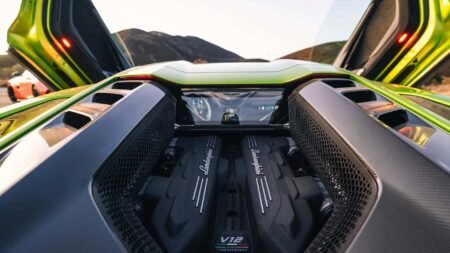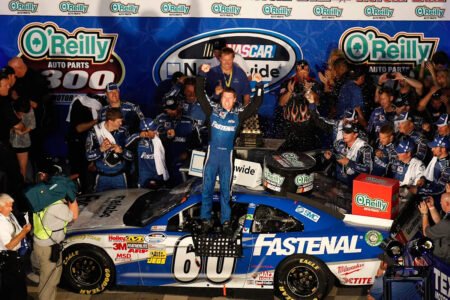The Chiron era may be coming to an end, but Bugatti still has interesting details to share about the Mistral, the last of the W-16 breed. The 8.0-liter, quad-turbo machine broke cover three years ago as a €5 million roadster limited to 99 units, all of which were sold before the official premiere. Deliveries to customers didn’t begin until last February, and now we’re learning more about what happens from the moment the car is built until it’s delivered to its rightful owner.
Each Mistral undergoes rigorous testing for at least 248.5 miles (400 kilometers) to ensure everything is up to spec. If any issues are discovered, the car returns to the shop to sort out “any irregularities, regardless of how minor.” It then heads back on the road for an additional 31 miles (50 kilometers), or more if needed. But that’s not the most interesting part.
Photo by: Bugatti
Even before the owner sets foot inside the hypercar, Bugatti pushes the Mistral to 186 mph (300 km/h). It’s part of a testing procedure to verify the ESP and ABS systems during emergency braking. As you can imagine, this isn’t done on public roads. The company utilizes a section of an airfield at Colmar Airport in northeastern France.
But the Mistral is capable of much more at full tilt. Last year, it reached 282 mph (453.9 km/h) at the Papenburg test track in Germany, making it the world’s fastest open-top car. That’s actually faster than Bugatti initially claimed, as the Chiron roadster was said to top out at 261 mph (420 km/h). Its predecessor, the Veyron 16.4 Grand Sport Vitesse, could “only” hit 254 mph (408.8 km/h). Fun fact: the Mistral’s top speed is only achievable with the roof removed.
Bugatti’s test drive involves far more than going fast and slamming on the brakes. From the seven-speed dual-clutch automatic transmission to the removable roof mechanism, everything is thoroughly evaluated. Only three people are qualified to test the Mistral before it’s handed over to its owner.

13
Source: Bugatti
As one era draws to a close, another is about to begin. Bugatti will start Tourbillon deliveries in 2026, strictly as a coupe, though a follow-up roadster seems like an educated guess. The Chiron’s successor might be even faster, as company CEO Mate Rimac has hinted that with the right tires, the new V-16 hypercar could break the 500 km/h barrier. That’s 310.6 mph.
Read the full article here














